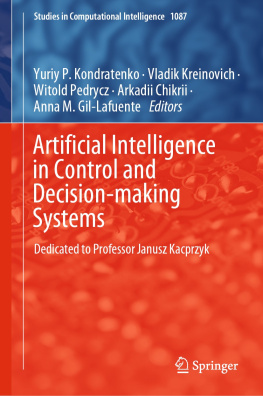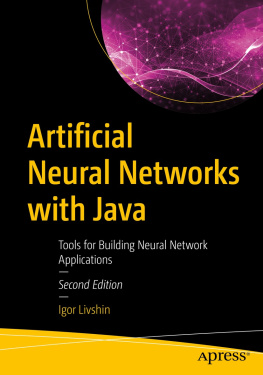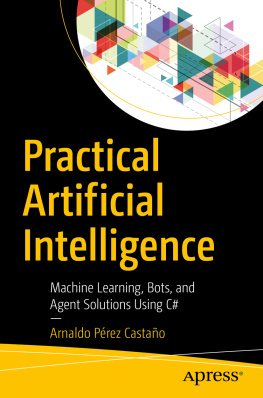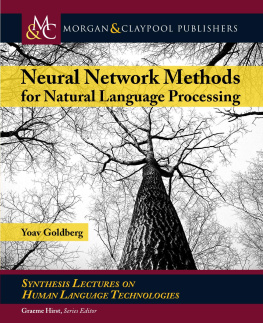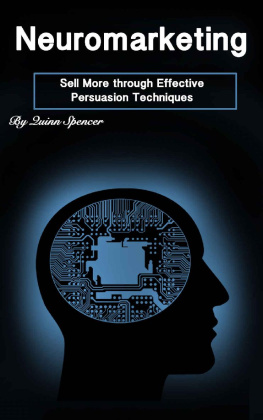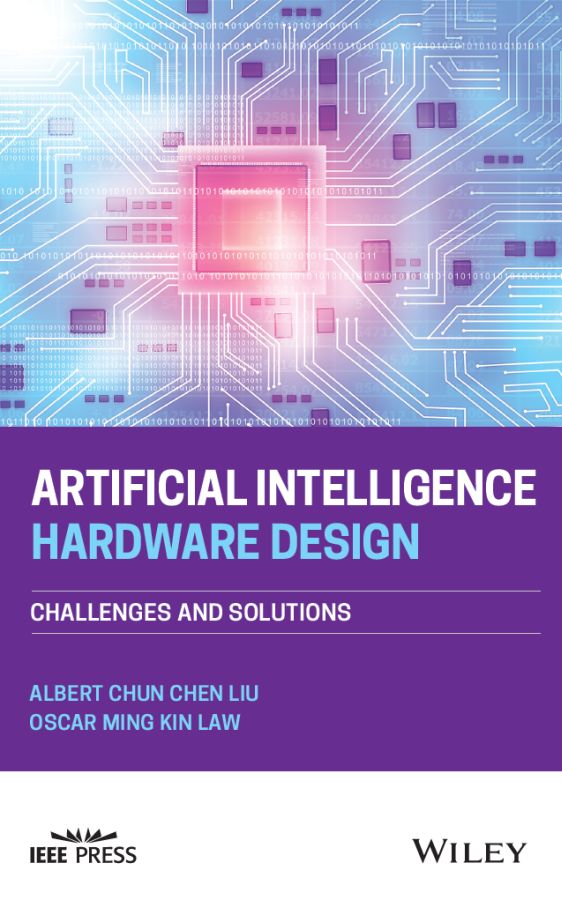Albert Chun-Chen Liu - Artificial Intelligence Hardware Design: Challenges and Solutions
Here you can read online Albert Chun-Chen Liu - Artificial Intelligence Hardware Design: Challenges and Solutions full text of the book (entire story) in english for free. Download pdf and epub, get meaning, cover and reviews about this ebook. year: 2021, publisher: Wiley-IEEE Press, genre: Home and family. Description of the work, (preface) as well as reviews are available. Best literature library LitArk.com created for fans of good reading and offers a wide selection of genres:
Romance novel
Science fiction
Adventure
Detective
Science
History
Home and family
Prose
Art
Politics
Computer
Non-fiction
Religion
Business
Children
Humor
Choose a favorite category and find really read worthwhile books. Enjoy immersion in the world of imagination, feel the emotions of the characters or learn something new for yourself, make an fascinating discovery.

- Book:Artificial Intelligence Hardware Design: Challenges and Solutions
- Author:
- Publisher:Wiley-IEEE Press
- Genre:
- Year:2021
- Rating:4 / 5
- Favourites:Add to favourites
- Your mark:
Artificial Intelligence Hardware Design: Challenges and Solutions: summary, description and annotation
We offer to read an annotation, description, summary or preface (depends on what the author of the book "Artificial Intelligence Hardware Design: Challenges and Solutions" wrote himself). If you haven't found the necessary information about the book — write in the comments, we will try to find it.
Learn foundational and advanced topics in Neural Processing Unit design with real-world examples from leading voices in the field
In Artificial Intelligence Hardware Design: Challenges and Solutions, distinguished researchers and authors Drs. Albert Chun Chen Liu and Oscar Ming Kin Law deliver a rigorous and practical treatment of the design applications of specific circuits and systems for accelerating neural network processing. Beginning with a discussion and explanation of neural networks and their developmental history, the book goes on to describe parallel architectures, streaming graphs for massive parallel computation, and convolution optimization.
The authors offer readers an illustration of in-memory computation through Georgia Techs Neurocube and Stanfords Tetris accelerator using the Hybrid Memory Cube, as well as near-memory architecture through the embedded eDRAM of the Institute of Computing Technology, the Chinese Academy of Science, and other institutions.
Readers will also find a discussion of 3D neural processing techniques to support multiple layer neural networks, as well as information like:
- A thorough introduction to neural networks and neural network development history, as well as Convolutional Neural Network (CNN) models
- Explorations of various parallel architectures, including the Intel CPU, Nvidia GPU, Google TPU, and Microsoft NPU, emphasizing hardware and software integration for performance improvement
- Discussions of streaming graph for massive parallel computation with the Blaize GSP and Graphcore IPU
- An examination of how to optimize convolution with UCLA Deep Convolutional Neural Network accelerator filter decomposition
Perfect for hardware and software engineers and firmware developers, Artificial Intelligence Hardware Design is an indispensable resource for anyone working with Neural Processing Units in either a hardware or software capacity.
Albert Chun-Chen Liu: author's other books
Who wrote Artificial Intelligence Hardware Design: Challenges and Solutions? Find out the surname, the name of the author of the book and a list of all author's works by series.

